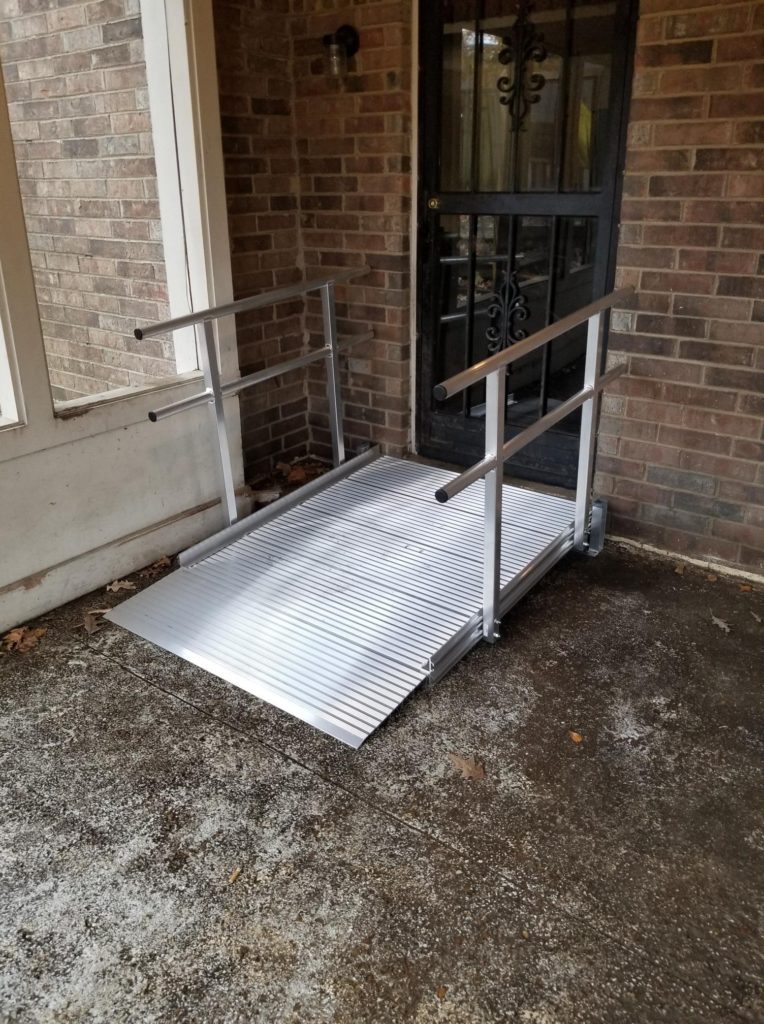Having access to your entire house without needing assistance to and from is important. Many people who have mobility issues can use wheelchair ramps or vertical platform wheelchair lifts in their homes. These can grant access to otherwise inaccessible areas. These additions can make a huge difference in your home so you can freely navigate your entire house. Which is better for you? Here are several considerations to help you choose.
Tight Spaces
When deciding between a vertical platform lift (VPL) and handicap ramps, the amount of available space is important. To have room for wheelchair ramps, you typically need one foot for each inch of rise. If there isn’t room for a long ramp, then a lift might be a better option. You’ll only need enough room for a four-foot rise.
User Abilities
You’ll want to spend some time considering who will be using the platform lift or ramp. Most people are comfortable using a lift and the platform is accommodating to most mobility devices. They have simple-to-use controls. Wheelchair ramps may be more difficult to use with some mobility devices. Scooters and power chairs work fine with a ramp since the chair or scooter does most of the actual work. If an individual is using a manual wheelchair, rollators, or a walker, however, a ramp may be more challenging for them. Make sure the user or their caregiver is comfortable with the distance and slope of a ramp.
The Costs
Most would think a ramp would be cheaper than a lift, but it’s not always the case. Ramps traveling up about 30 inches should cost less than $6000. If the ramp increases in length or complexity, the cost increases accordingly. Platform lifts installed to travel about 48 inches up usually start at about $6000. The cost can vary a lot depending on the model, make, any additional features and the amount of site prep needing to be done for proper installation. If your house has a 36-inch high porch with a level concrete pad, the platform lift may be more budget-friendly than a ramp.
Curb Appeal
If your neighborhood has an HOA, your options may be more limited. In some communities, wheelchair ramps must be approved as a variance to HOA rules and regulations under the Fair Housing Act as a “reasonable accommodation.” In areas with less restrictive architectural guidelines, you may simply prefer one look over the other. For example, a platform lift can be more discrete than a wheelchair ramp. A ramp, on the hand, offers a clean, neat appearance but may take up more space.
At Next Day Access, we understand each situation and need is unique for every person. Let us help you with some recommendations for wheelchair ramps or platform lifts. Our primary goal is to help you make your home more safe and accessible. Contact us today!






